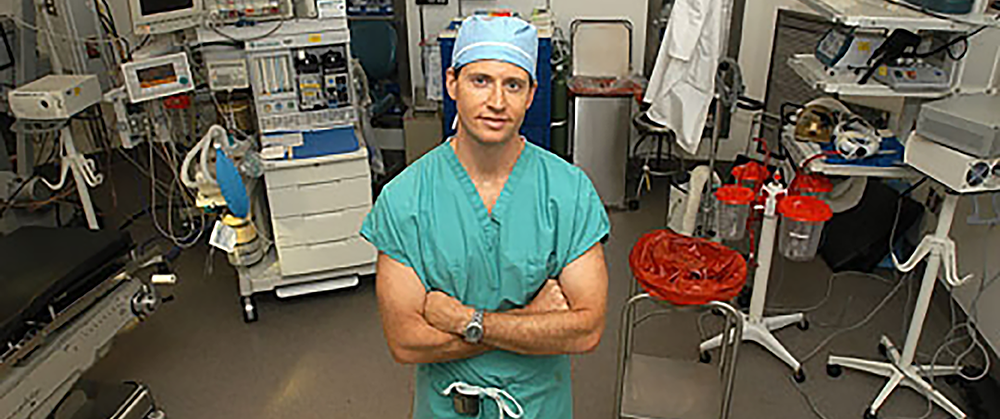
By Theodore H. Schwartz, M.D.
In July 2009 I met a new patient, a writer named Peter Hyman. It’s not often that a neurosurgeon is faced with the prospect of operating on such a thoughtful, articulate, and inquisitive patient, which may be why I have such vivid memories of our meetings.
Peter first came to me with scans of his brain tumor, which had been found “incidentally,” meaning that it was discovered accidentally on a scan he’d had for another reason. He’d had some episodes of an eye condition called strabismus, but it wasn’t clear that his symptoms were related to the tumor at all. Still, he had a brain tumor, and he needed to decide what to do about it.
I saw Peter three times that month, since his case was one of those gray areas of medicine where there is no clear-cut path to take. There were several options available, so he had to make his decision based on the best available evidence, rather than completely conclusive details.
It was impossible to tell from the scan what type of tumor Peter had in his brain, but we could see that it was in a deep location. Any significant growth would have caused on obstruction to the flow of cerebrospinal fluid, leading to a rapid increase in intracranial pressure, and neurological impairment or even possibly death. We also couldn’t tell if it were benign or malignant — if it were malignant it was urgent that we obtain a tissue diagnosis to begin therapy, either radiation or chemotherapy. On the other hand, if the lesion were benign it might never grow, and Peter might never need any intervention at all.
My gut told me this was a lesion that was at high risk of growing and causing significant problems in his future, but I had no way of knowing whether or not it was malignant. Although I offered Peter the option of observing the lesion and repeating his scan in three months, I recommended surgical removal.
Peter understood the issues, and knew he had to weigh the risk of surgery against the risk of doing nothing. He was on a quest for information, and he obtained three additional neurosurgical opinions before agreeing that we should proceed with surgery.
There certainly was real risk going into this surgery. Several key cranial nerves, such as the nerves for swallowing, moving his tongue, shrugging his shoulders, and sensing his arms and legs, lay within a millimeter or two of the tumor. We monitored those nerves with electrodes during the surgery — if we got too close, the electrical recordings would show us that trouble was imminent and that we should stop the procedure.
The surgery went very smoothly and Peter was perfect afterward. His tumor turned out to be benign, but at risk for growing in the near future. So he’d made the right decision, and he certainly dodged a bullet. (He wrote about the experience in an article called "Head Case" that was originally published on Slate.com and included in "The Best American Essays of 2010.") I’m so glad I was able to help him, and that he and his wife can go on and lead normal lives. He should be cured of his tumor.